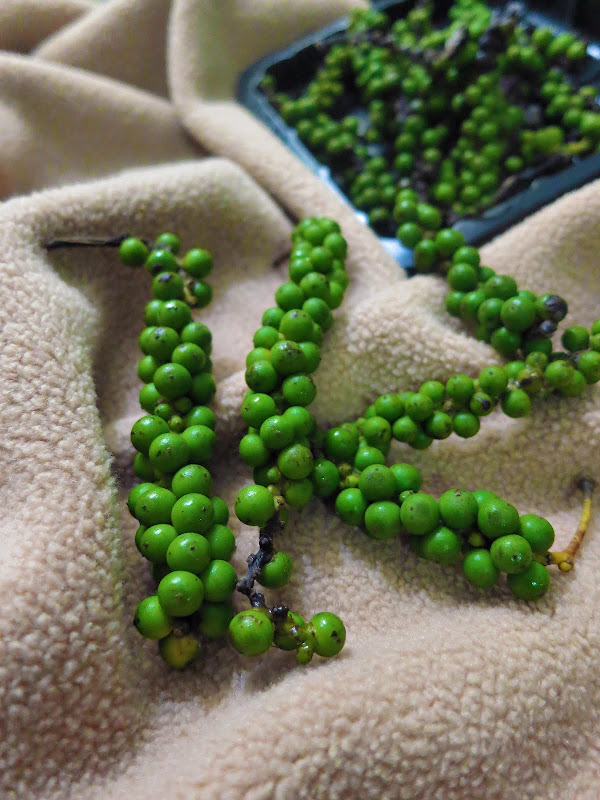
The glass-half-full people in my life have tried to point out the benefits of not cooking which is not having to do dishes. But these people are crazy, and I know better than to let their optimism dampen my spirit. I miss cooking, and I miss blogging about what I cook.
Until that can happen again, here’s something that hopefully will tide you over. I get tons of emails from my readers asking for Bangkok restaurant recommendations and tips on how to eat “like the locals,” and I hope many find this post helpful.
Well, put on a pair of comfortable shoes and pants with an elastic waist. Then mosey around with me along the portion of 150-year-old Charoen Krung Road from Saphan Taksin BTS Station to the Silom junction for eating in historic Bang Rak is as “like the locals” as it gets. No need to pay for a tour guide; you can do this. The walk isn’t long, the shops are easy to find, and no matter what you point at, chances are it will be good.
For the list of the ten best restaurants and stalls in this area, please go to my CNNGo article. This post merely provides additional commentary. Continue Reading →












